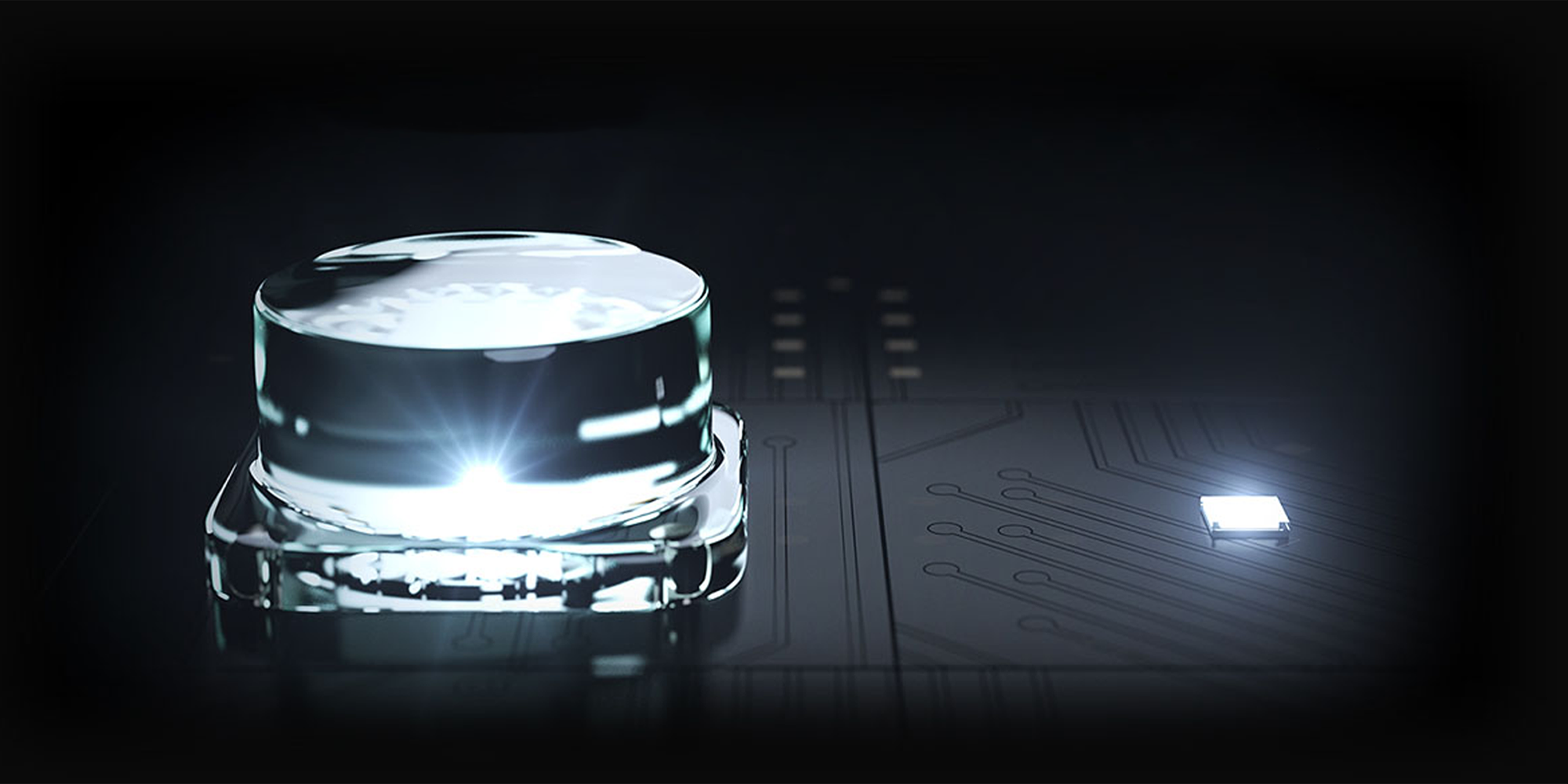Due to the lower cost compared to OLED, mini-LED TVs are likely to become an increasingly popular option in the future. Nowadays, new display types and resolution improvements can make purchasing a new TV more complicated than it should be. Not to mention, many of these newer display technologies tend to start out expensive and only come down in price over time. In the case of mini-LED TVs, however, there are a few reasons why it is worth paying the higher price now to upgrade from a traditional LCD display.
Mini-LED is primarily a new way of backlighting LCD displays, and the feature has recently been popularized by Apple's iPad Pro models. The technology is pretty simple, yet the effect it has on displays can be impressive. Normal LCD TVs need a backlight and traditionally have used normal LEDs in order to accomplish this. The problem is that normal LEDs tend to lack the ability to define precise colors on the display. With mini-LED, instead of just hundreds of LEDs, the backlight consists of thousands of these tiny LEDs.
Having this many more LEDs can accomplish a number of things. First, color control is enhanced ten-fold. The normal "halo" effect that is often seen when white text appears on a black background almost completely disappears. This is because having more of these packed into the same space allows for better color definition. Another area where these mini-LEDs shine is being able to handle dimming zones better. If a scene in a movie has high contrast and complex light levels, LCD panels without mini-LEDs tend to struggle with defining light levels in certain portions of the screen. This is because normal LCD panels can only achieve a few dimming zones across the display, while mini-LED backlights can achieve hundreds of these zones. As TCL explains, this results in better light definition across the board.
Making The TV Price Jump
The televisions that are popping up on the market from makers like TCL, Samsung, and LG are not necessarily cheap. If a user wants to upgrade to an LCD display with a mini-LED powered backlight, it's likely to cost a couple of hundred dollars more, with the lowest entry point into the technology being around $950 from TCL with the Series-6. However, that doesn't mean it shouldn't be worth considering. The TVs that do pack mini-LEDs often come with additional features as standard, like Dolby Vision and HDR10, and usually come in at a resolution of at least 4K. Some of these TVs also pack Quantum Dot Technology in order to enhance contrast even more. Other manufacturers like LG use QNED to combine quantum dot and NanoCell to take all this a step further.
A common expensive alternative for home theater enthusiasts are OLED TVs. These OLED displays power individual pixel brightness and color, enabling them to provide incredible color definition and contrast. This also allows for the blackest of blacks. However, mini-LED displays can achieve a higher peak brightness than OLED displays. The other caveat with OLED is that it's going to cost the user way more than a couple of hundred dollars to upgrade, making mini-LED TVs a far more affordable option. Even though OLED does technically result in better pixel definition, the difference in price might not be worthwhile for many consumers. In contrast, when comparing traditional LCD displays with and without mini-LED backlights, the difference is quite literally night and day. Light bleeding and dimming zone inefficiencies disappear with the backlight better able to handle complex pictures.
Companies that are invested in making these televisions are continuously trying to improve this display technology, so it may be worth waiting to see what the rest of the year holds before making the switch. That being said, upgrading to a mini-LED display is likely to be the right move in general, and especially for those who have switched to home cinemas. Better color, better contrast, and a brighter picture all contribute to how good a TV display looks, and for the price difference, mini-LED more than justifies the extra cost.
Source: TCL


